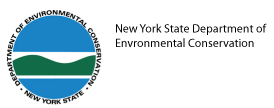2012 Mohawk Watershed Symposium
Union College
| ONLINE REGISTRATION HERE |
Friday 16 March 2012 Union College, Schenectady NY |
||
LINK TO 2013 Mohawk Watershed Symposium CONFERENCE: 8:30 AM to 5:30 PM; BANQUET 6:00 to 8:30 PM The Geology Department at Union College is pleased to host the fourth symposium on the physical aspects of the Mohawk Watershed in New York State. While the upper basin has been recovering from the 2006 floods, the lower basin sustained tremendous damage from the one-two punch of flooding from Hurricane Irene and Tropical Storm Lee. Historic and epic flooding in the Schoharie Creek has changed the political, economic, and physical landscape in a deep and profound way. More than ever, we are reminded of the importance of bringing key stakeholders together to present studies, develop strategies, and exchange ideas in a formal but relaxed forum that has emerged from the Mohawk Watershed series at Union College. Some key pre-conference items: PDF of ABSTRACTS WITH PROGRAM (13 Mb) (or 3 MB Black and White) DEADLINE for Banquet registration: Friday 9 MARCH. This year we are moving the symposium to College Park Hall on the western edge of the Union College campus (campus Map) in Schenectady NY (city Map with address). We have done this out of necessity for room and space scheduling, but we are sure that participants will appreciate the larger and more comfortable facilities. As in the past we solicit volunteered abstracts and we help shape the conference themes and dialog during the day by anchoring sessions with key invited talks (see next panel). In the past, invited talks have focused on science, engineering, and politics both in the basin and in adjacent watersheds. We continue this tradition this year, but we are focused on issues surrounding recovery and the physical affects of Irene and Lee in the basin. The following themes are the focus of volunteered abstracts, which can be given as either oral or in poster form: • Water quality including nutrient loading, the effects of agriculture and industry on water quality, contaminant fluxes and emerging contaminants. KEYNOTE and INVITED TALKS Keynote speaker - Assemblyman Peter Lopez, 127th District of New York – Representing one of the hardest hit districts in NY State, Assemblyman Lopez will provide a view of Irene flooding and its aftermath (talk at post-symposium banquet). Steve DiRienzo, Warning Coordination Meteorologist, National Weather Service, Albany, NY - Meteorology of Tropical Storms Irene and Lee Chris L. Gazoorian, Hydrologist, U. S. Geological Survey, NY Water Science Center- How Extreme was Irene? A Comparison of the 2011, 1996 and 1987 floods along the Schoharie Creek Peter M. Nichols, Schoharie County Soil and Water Conservation District Stream Program Manager - Post flood recovery efforts in Schoharie County from a Conservation Districts vantage point A.J. Smith, NYS DEC Research Scientist II, Mohawk River Basin Program Director - NYSDEC Mohawk River Basin Program: Building collaboration and partnerships in the basin Brian Stratton, Director Canal Corp - Damage and recovery of the NYS Canal system in the wake of Irene and Lee Congressman Paul Tonko, 21st District of New York - Mighty Waters: Strategic partnerships for a sustainable future John H. Williams, U. S. Geological Survey, NY Water Science Center - New York's shale gas plays and water resources Britt Westergard, Senior Service Hydrologist, National Weather Service, Albany, NY - Hydrology of Tropical Storms Irene and Lee BANQUET The post-conference banquet is a highlight of the Symposium. The banquet provides important time for conference participants to talk about issues and the basin and to catch up. The highlight is the Keynote Address, which will be delivered by ASSEMBLYMAN PETER LOPEZ, 127th District of New York, one of the hardest hit districts in NY State after recent devastating flooding. Assemblyman Lopez will provide a view of Irene flooding and its aftermath and some of the central issues that are of current concern. The Banquet is a ticketed event and we are unable to accommodate registration after 9 March because it is catered. If you are interested switching your registration to include the banquet, please call Deb Klein (518-388-6770). The Banquet will be held in OLD CHAPEL (same location as last year - see MAP here). PLEASE NOTE: THIS IS A TICKETED EVENT AND PRE-REGISTRATION IS REQUIRED. POSTERS, TALKS, and ABSTRACTS Submitted contributions in the form of extended abstracts are required for either oral or poster presentations. The abstract volume will be available to registered participants at the meeting and it will then be available here as a downloadable PDF after the meeting. All presentations, whether oral or poster, are required to have an accompanying abstract that must pass review. Abstract requirements and submittal process are described in detail HERE. Oral presentations have format and time constraints that are outlined HERE - volunteered talks are 12 minutes, Invited talks are 23 minutes. Posters must follow these guidelines. Abstract due date for talks and posters was Monday 20 February 2012. Breakout Rooms Available There is a limited number (5) of breakout rooms at the conference center that will be available during the lunch hour, but reservation is required. To reserve a room please contact Deb Klein (email below). We will need to know the size and name of your group. Note that lunch will be provided this year at the symposium (build your own sandwich or wrap), hence participants can get lunch and meet in the upstairs meeting rooms. We will issue rooms to registered participants on a first come, first served basisi. FEES and REGISTRATION Registration is OPEN and ongoing and pre-registration for this meeting is required. Badges will be provided at registration, and are required for entrance to the meeting. The evening Banquet /keynote address is a ticketed event. MEETING REGISTRATION: Professional $25; Students $10 - please mail check after you register - see address below). REGISTRATION AFTER WEDNESDAY 22 FEB 2012: $30 professional and $15 students. You will be mailed a receipt after we recieve payment. No walk ons will be accepted, pre-registration and prepayment for this meeting is required. The evening Banquet is $25. To keep costs down we do not have registration that can accept credit card charges, so we require a check for the total to be mailed to: Geology Department, Union College, 807 Union ST, Schenectady NY. Please make checks payable to: Union College.
INFORMATION FROM PAST CONFERENCES The announcement and program for the March 2011 Symposium at Union College is here. The complete 2011 ABSTRACT Volume is here (note that the Abstracts are large files >15 Mb, so they take some time to load). The announcement and program for the March 2010 Symposium at Union College is here and the complete 2010 ABSTRACT Volume is here. The announcement and program for the March 2009 Symposium is here and the 2009 ABSTRACT Volume is here. MAPS AND DIRECTIONS The conference is at COLLGE PARK HALL, 450 NOTT STREET, Schenectady NY. Use this MAP of Schenectady and Campus to get to campus from I-890 (take Erie Blvd. exit and go north to Nott, turn RIght). Use this CAMPUS map to see location with respect to other campus facilities. Note the conference is NOT AT THE OLIN BUILING as it has been in the past. KEY CONTACT INFORMATION Program co-Chairs: Jaclyn Cockburn, Department of Geography, University of Guelph, Guelph, Ontario Canada; +1,519-824-4120 Ext. 53498; jcockbur @ uoguleph.ca (remove spaces). John Garver, Department of Geology, Olin Building, Union College 807 Union ST Schenectady, NY 12308-2311, USA +1, 518-388-6770 (Office) +1, 518-388-6770 (main office) +1,518-388-6417(fax) Email: garverj @ union.edu (remove spaces). Technical Assistance and Registration: Deb Klein, 310 Olin Bldg, Union College. 518-388-6770: Email: kleind2 @ union.edu (remove spaces). Mailing address: Geology Department, Union College, 807 Union ST, Schenectady NY, 12308-2311
SPONSORS FOR MWS 2012
All rights reserved. No part of the document (including photos) can be copied and/or redistributed, electronically or otherwise, without written permission from: J.I. Garver, Geology Department, Union College, Schenectady NY, 12308-2311, USA. (All photos by J.I. Garver, Geology, Union College, All rights reserved). First Posted: 09 January 2012 This document was last modified on: 04-Feb-2013 |
||
SPONSORS FOR MWS 2012
__________________________________
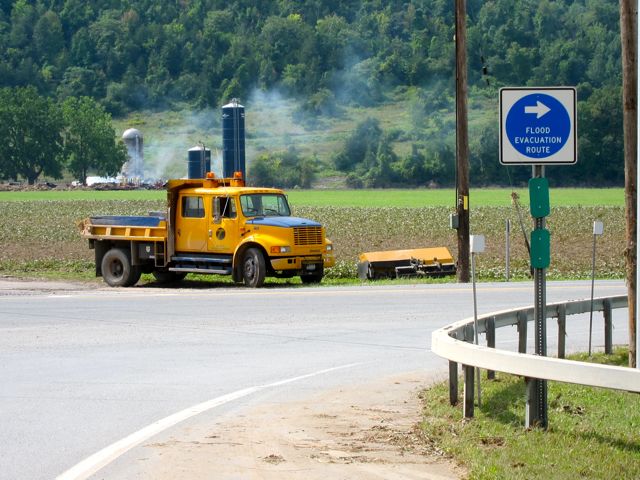
Flood Evacuation route, Middlebrgh NY
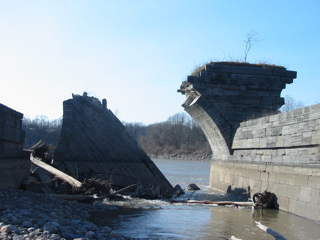
Old Erie Canal bridge crossing Schoharie Creek at Fort Hunter.
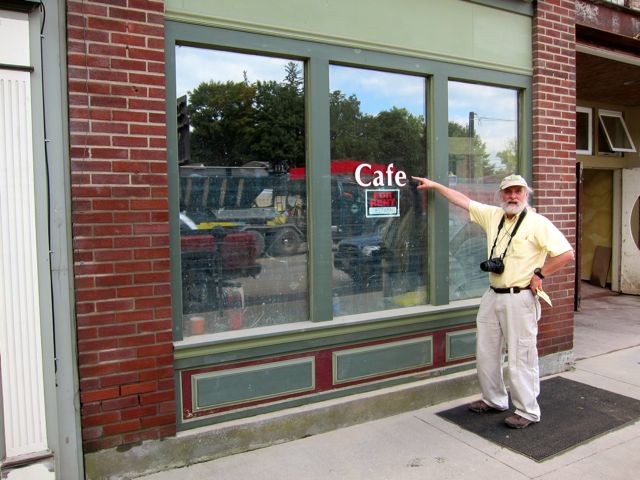
Flood level in downtown Middleburgh, NY
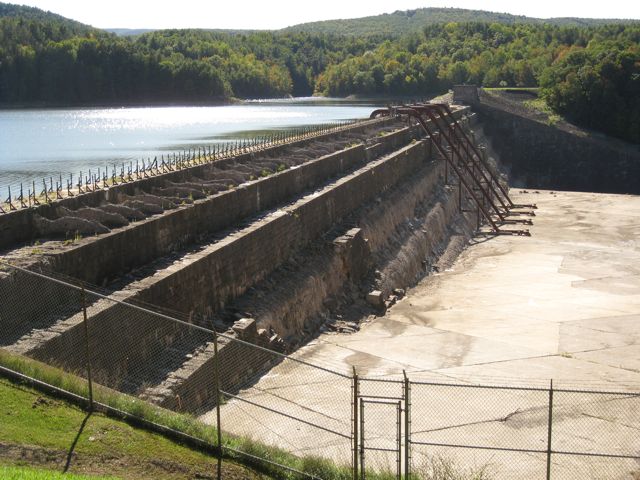
Gilboa Dam, with installed siphons, Sept. 2009.
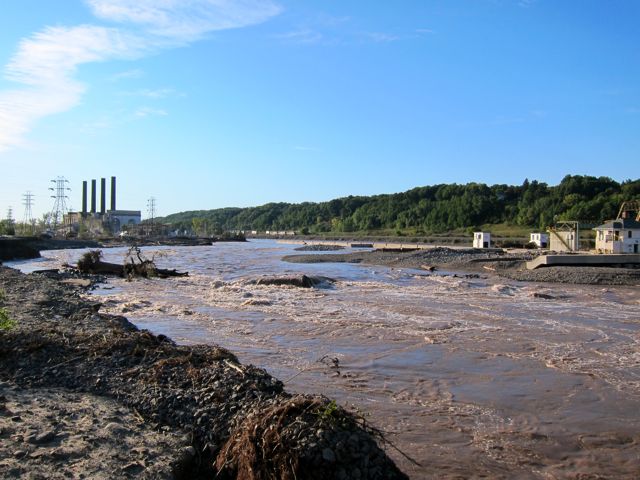
Mohawk River flowing around Lock 10, Cranesville
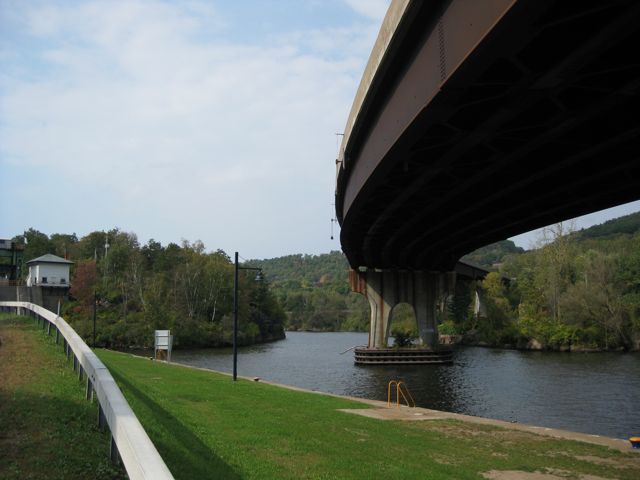
Bridge and Lock at Little Falls.
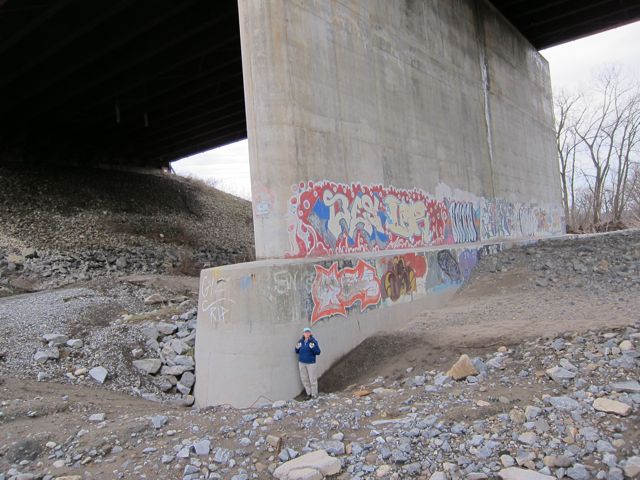
Deep Scour and downstream depostion, I-90 bridge (Schoharie)
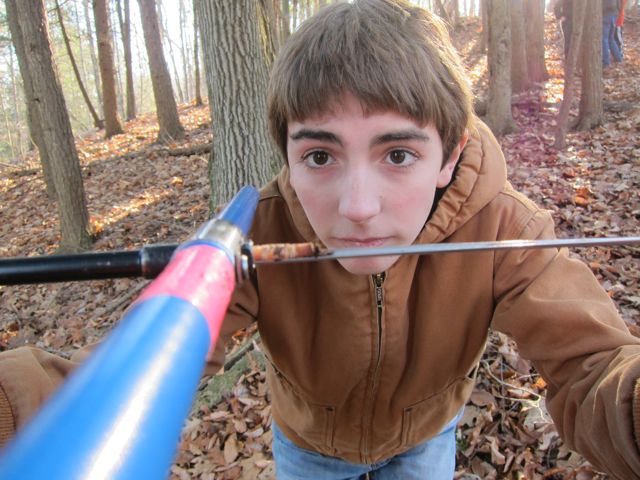
Student from Schoharie River Center, tree coring to understand changes in precipitation.
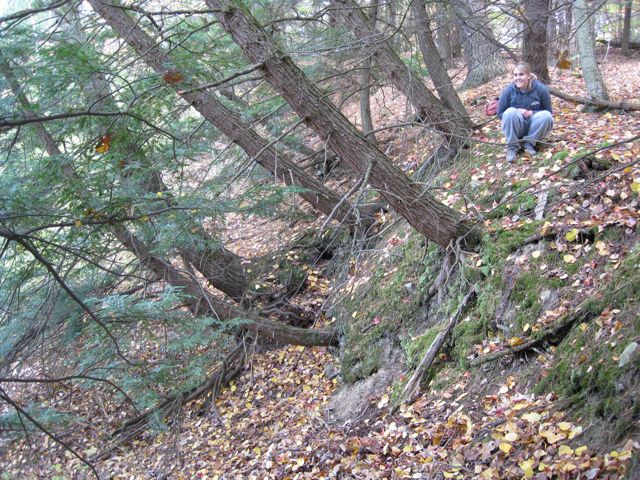
The crown of a slump along the banks of Plotterkill creek.
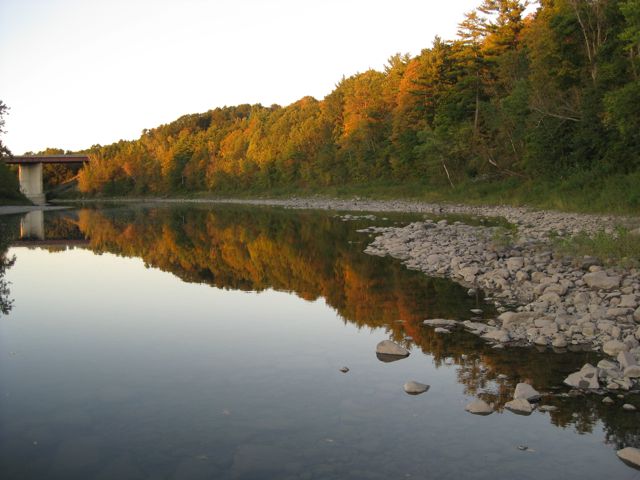
Shoreline of the Schoharie Creek, Fort Hunter.
.
.
.
.
.
.
.
.
.
.
.
.
.
.
.
.
.
.
.
.
.
.
.
.
.
.



